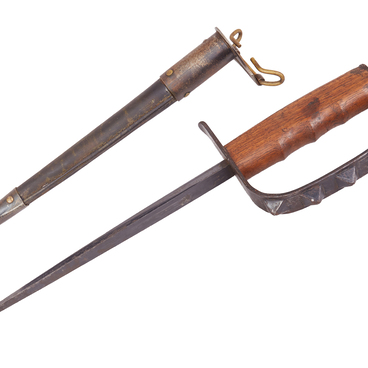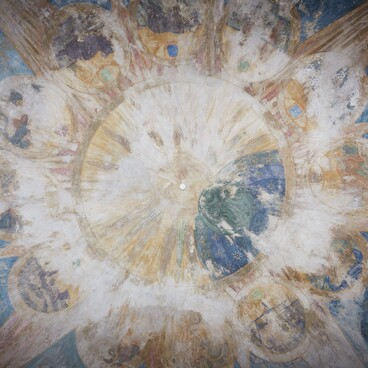An important part of the museum’s exposition “Russia in the Great War” consists of memorial items that belonged to the last Russian Emperor Nicholas II. One of these exhibits is the uniform of an admiral of the English Navy with a saber.
On May 27–28, 1908, the British King Edward VII met Emperor Nicholas II in the harbor of Reval. The British monarch was the uncle of the Russian emperor. Nicholas II in his diaries called Edward VII “Uncle Bertie” — an affectionate family nickname derived from “Albert”, the baptismal name of the King of Great Britain.
During the meeting, in addition to discussing diplomatic and trade issues, Edward VII granted Nicholas II the rank of Admiral of the British Navy. In a diary entry dated May 28, 1908, the latter wrote: “Again, a wonderful day. We slept well… At one o’clock a big breakfast was held on the ‘Standart’. Uncle Bertie appointed me Admiral of the British Navy…” Nicholas II was presented with a uniform and a saber which can now be seen in the Martial Chamber. It is worth noting that the British officer’s saber of the 1827 model was the standard-issue weapon of officers until the end of World War I.
The saber was made in the workshop of Henry Wilkinson in London. The hilt of the saber consists of a grip and a guard. The grip is wooden, flattened, with a slightly sloping upper part, covered with shark skin and girded with wire. The bar covering the back of the grip features a convex ornament imitating a lion’s mane. At the guard, it adjoins an oval grooved sleeve, and in the upper part smoothly turns into a pommel shaped like a lion’s head.
The steel blade of the saber is narrow, slightly
curved, single-edged (it becomes double-edged and rhomboid in cross-section
towards the point), with a single wide fuller along two-thirds of the length.
The blade is nickel-plated, decorated with an image of an anchor and a coat of
arms inside a floral composition on one side, and on the other — an inscription
in English: “To his Imperial Majesty Nicholas II Emperor of all the Russians
from his affectionate uncle Edward R Y Reval 1908.”


